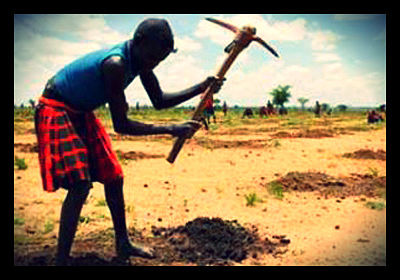More often than not, adopting a pre-existing idea is easier than creating a brand new one. The mobile phone is an example of this. In recent years, there has been an explosion in the adoption of mobile phones among people living throughout Africa. The impact of mobile phones includes paving a more secure form of mobile banking, and ultimately creating a shift in African culture.
Over the past decade, the use of mobile phones has increased in both developed and developing countries. According to the World Bank, mobile subscriptions have been increasing around the world every year – and African countries have made the biggest gains. In 2009, the US had 89 cellphones per 100 people, and 96 in 2013. Nigeria had 48 per 100 people in 2009, with 73 in 2013. South Africa had 91 cellphones per 100 people in 2009, and 147 in 2013. The greatest strides were made by African states.
According to The Economist, three phones exist for every four people, which describes the accessibility of these products. While mobile devices were initially created to function as telephones, Africans do not use them solely for communication. Just like people with iPhone’s in developed nation, Africans have access to a whole range of activities via their phones, including secure banking and e-payments.
According to Paul Edwards, the CEO of Emerging Markets Payments (EMP), only 15 to 20 percent of Africans have bank accounts. This number contrasts sharply with developed countries, where almost everyone has or is expected to manage a bank account as an adult.
Mobile banking has created a shift. Africa has a different banking culture than that of developed nations.
Furthermore, making e-payments and using mobile banking allows for less corruption. As all money transfers are electrically handled, transactions are instant and, therefore, significantly reduce the number of delays in payments.
Many Africans have used cash to fuel their informal sector jobs, but using less cash and more e-payments allows governments to track tax-able profits. Ultimately this creates a more regulated, tax-paying economy that will generate revenues for the state and further establish self-sufficiency.
The growing popularity of mobile phones displays a tangible shift in Africa’s culture. A public relations company named Portland conducted a survey of Twitter in Africa. They used devices that allowed for geo-location; by examining the hashtags in Tweets, they were able to look into the interests of Africans. Subjects ranged from Nelson Mandela’s death to football to public dissatisfaction with the government.
As Africans continue to use mobile phones for various purposes, the rest of the world will watch to see what this will mean for the development of Africa.
– Christina Cho
Sources: Foreign Policy, The Economist 1, The Economist 2, World Bank, Foreign Policy 2
Photo: CNN






